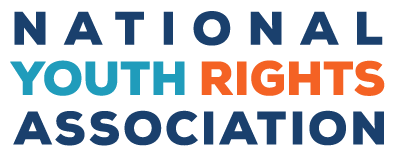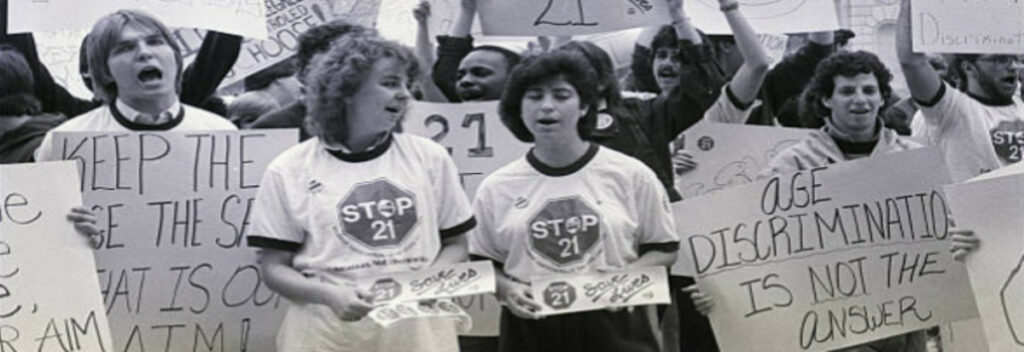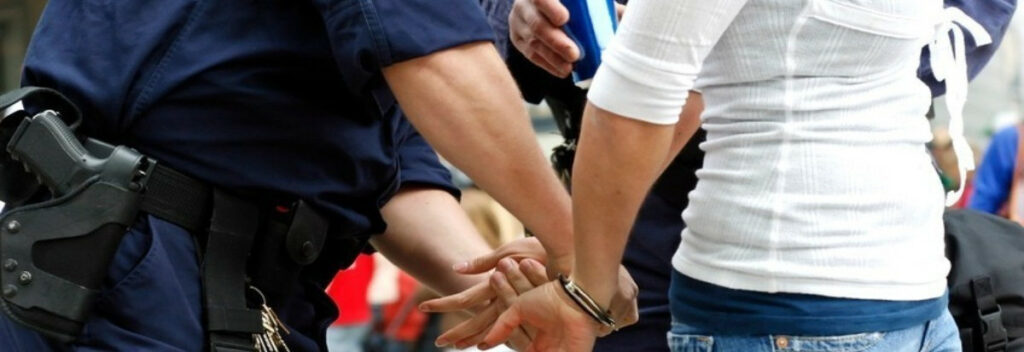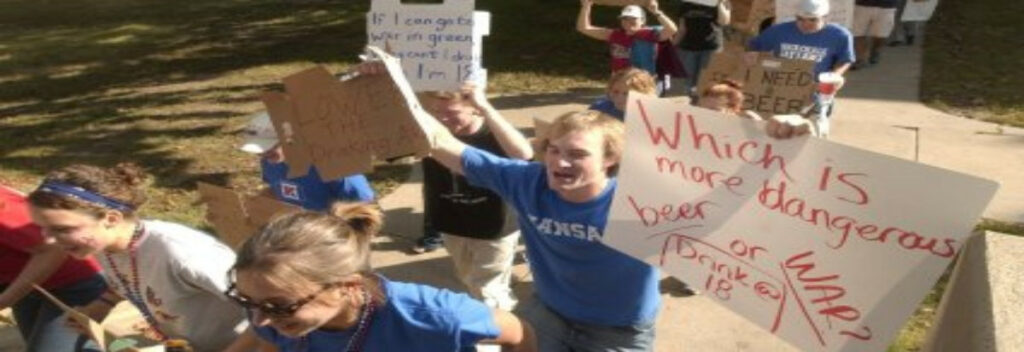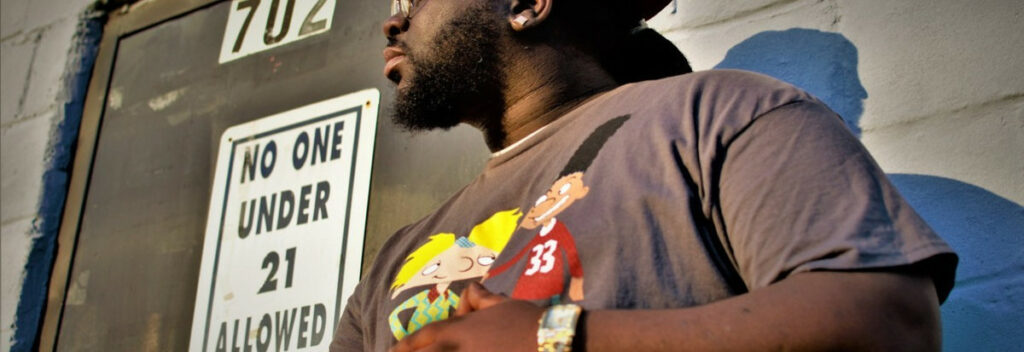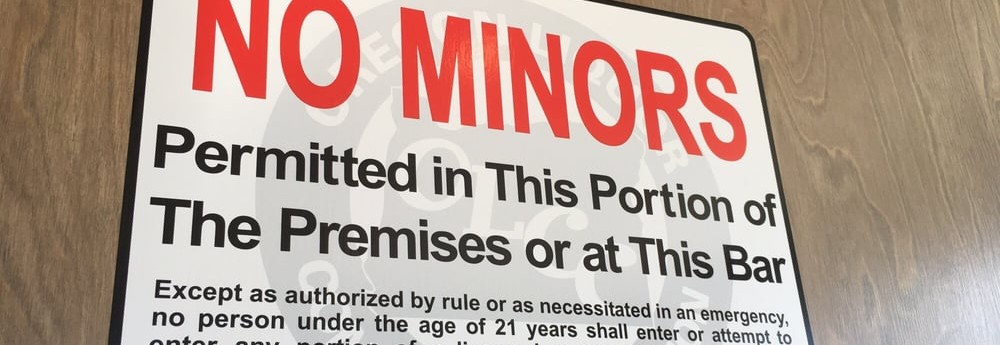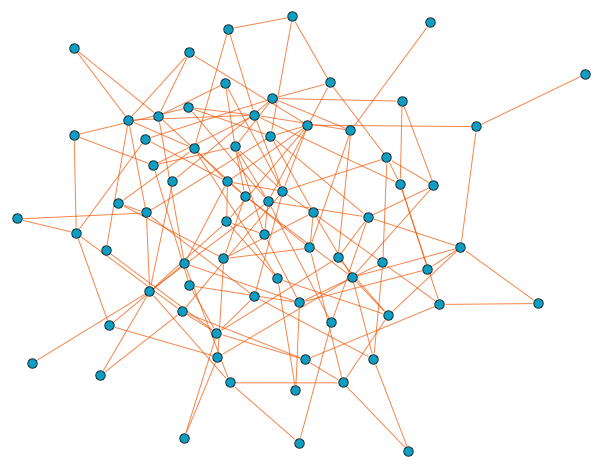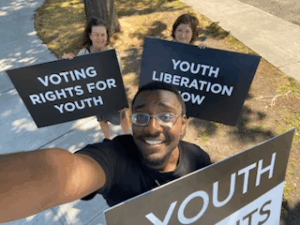The drinking age deprives millions of people of their freedom and leads to hundreds of thousands of arrests each year. On top of this, the drinking age promotes unsafe drinking habits and fails to teach moderate use. It’s time to look honestly at the ineffectiveness, the injustice, and the harm that this law causes to our society.
1. The punishments for underage drinking cause widespread harm.
For every life the drinking age is supposed to save, it disrupts or ruins a hundred others. Here are just a few of the different groups of people who face harmful penalties from laws related to underage drinking:
- Underage drinkers Using a report by the FBI, sociologist Mike A. Males estimates that in 2015 police arrested 163,000 people under age 21 for liquor law violations. Underage drinkers face a wide variety of legal consequences, including fines, driver’s license revocation, community service, and even jail time.
- College students In addition to the consequences that any underage drinker can face, college students can face additional penalties from their schools. These include probation, loss of financial aid, and suspension or expulsion.
- Bar and restaurant workers can face a wide variety of consequences if underage drinking happens on their watch. In addition to thousands of dollars in fines and jail time, their liquor licenses may be suspended, losing them thousands more in profits. Employees who serve minors—even by accident—can be fired.
- Parents can face criminal repercussions if their children drink. For example, in 2003 Elsa and George Robinson were sentenced to 27 months in prison for providing alcohol at their son’s birthday party. Such parents can even lose custody of their children.
- Underage non-drinkers You don’t actually have to drink or possess alcohol in order to get punished for it. In many jurisdictions, police can charge minors in attendance (MIAs) at parties where underage drinking happens, even if they weren’t drinking. High school students can also be forced to take an invasive blood test simply for being at a football game when a beer can was found under the bleachers.
2. Raising the drinking age has not saved lives.
The most popular argument used to defend the drinking age is that it saves lives. However, this claim is highly questionable. Here’s what actually happened when the drinking age was raised to 21:
- It did not cause a significant decrease in drunk driving deaths. Although drunk driving deaths fell during the 1980s, this decrease was already underway when the drinking age was raised in 1986. There were a lot of other factors that contributed to the decrease, such as increased seat belt use, lower BAC limits, and more negative social attitudes towards drunk driving.
- It moved drunk driving deaths from one age bracket to another. In an unrefuted study, Peter Asch and David Levy showed that raising the drinking age merely transferred drunk driving deaths from the 18-20 age group to the 21-24 age group. Their research confirmed their hypothesis that the real risk factor for drinking and driving is being an inexperienced drinker, not being under 21.
- It had no effect on long-term alcohol deaths. The long-term rate of alcohol deaths among a group of people has less to do with whether drinking is legal for them, and more to do with other societal factors. Many other countries with stricter alcohol prohibition than the US have worse long-term alcohol problems. Meanwhile, many other countries with easier access to alcohol than the US have fewer long-term alcohol problems.
3. The current drinking age causes bad drinking habits.
The drinking age ensures that most of us start drinking in secret. Secrets of any kind are psychologically unhealthy, causing anxiety, negative thought patterns, and depression. Combined with an emotion-amplifying drug like alcohol, it’s no wonder the psychological effects of illegal drinking can be disastrous.
In addition to psychological problems, the secrecy of underage drinking can make it unsafe. Concentrating all the alcohol for the week into a single party leads underage drinkers to consume 90% of their alcohol through binge drinking. Underage drinkers may consume extra alcohol in order to get rid of evidence and avoid detection. They may also drink more since they do not know when they will be able to drink again and do not want to waste a scare resource. Binge drinking is an extremely dangerous way to consume alcohol, costing the US $224 billion annually in healthcare and other damages.
The drinking age also leaves inexperienced drinkers without experienced friends and family to keep an eye on them. This lack of support, combined with inexperience, increases the risk of sexual assault, unprotected sex, and drunk driving. Of course, alcohol can impair judgement and make people more vulnerable. But many of the negative consequences of drinking are less likely to happen to a drinker who is under the supervision of responsible friends or family members – benefits we are unlikely to have when we can only consume alcohol in secret.
4. Increased enforcement would make things worse, not better.
People who defend the drinking age like to say that if we simply enforced it more, nearly all of the problems caused by underage drinking would stop. But this is not true. Currently, the drinking age turns 7.7 million Americans into lawbreakers. The vast majority of these are never caught. Despite the harsh punishments for underage drinkers, only 1 in 1,000 instances of underage drinking actually results in an arrest. Even if we arrested ten times as many people as we do now (which would be extremely difficult and expensive), it would still not be enough to deter underage drinking. The law is simply unrealistic, and yet people would rather see it routinely disobeyed than see it repealed.
A poorly enforced law can cause problems by encouraging people to not take laws seriously, but increased enforcement would only make matters worse. It would mean arresting even more people (some of them certainly innocent), disrupting even more lives, pushing more people into jails, and creating more criminals. The US already has the highest incarceration rate in the entire world. Arresting everyone who drinks before they turn 21 would not only contribute to this problem directly by imprisoning otherwise law-abiding people, but would also place many drinkers and servers in adult jails and expose them to other types of criminal behavior. Jail can have serious long-term consequences even if you are only there for a short amount of time.
5. If you can have adult responsibilities at 18, why can’t you drink?
Once you turn 18, you are legally an adult. With this freedom, comes many responsibilities. You can enter into legal contracts, be tried as an adult and be sent to an adult prison, and raise or adopt children. Eighteen-year-olds are employed in a number of jobs where other people’s lives are at stake, such as EMTs or firefighters. And of course, they take on one of the most dangerous jobs in world: active military duty.
“If you’re old enough to fight and die for your country, you’re old enough to have a beer.” This argument successfully lowered the drinking ages in most states during the Vietnam Era. However, these arguments were not enough to stop the drinking age from rising to 21 in the 1980s. Although this inconsistency is unfair, people who defend the drinking age say that “public safety” is more important than fairness.
However, serving in the military is statistically far more dangerous than drinking. So are many other adult responsibilities, such as smoking and having sex. Yet when our country began taking such an interest in “public safety,” it did not also raise the military service age. This shows that our society’s idea of “public safety” is for 18-21-year-olds to put our lives and our physical and mental health at risk to protect older adults who sit safely at home, enjoying a glass of wine. This is not “public safety”—this is the safety of the old and the privileged.
If people under 21 can make such sacrifices for the country, as well as living independently, raising families, and engaging in all sorts of adult activities, then we should not be kept out of certain bars and restaurants and stores as though we were second-class citizens.
6. We protect the freedoms of people who are far more at-risk than underage drinkers.
When you sit down at a bar or restaurant and order a shot of vodka, the server will only ask your age. They won’t ask you if you have a personal history of alcoholism, even though if you did, a single slip could seriously harm you as well as others. They won’t ask you if you’re pregnant, even though the CDC strongly recommends that pregnant women avoid alcohol completely. They won’t even ask if you’ve been convicted of an alcohol-related crime, such as drunk driving, child abuse, or sexual assault. In fact, in some places you can legally walk into a bar or restaurant carrying a loaded gun, take a seat, and order drink after drink until you’re visibly intoxicated—as long as you’re over 21.
A restaurant that served all of these highly at-risk people would still be considered “responsible.” Nobody expects servers to ask about your history with alcoholism or your pregnancy status, because people would find such questions offensive and intrusive. And yet all of these risk groups are far more likely to cause alcohol-related problems than people under 21. There is no logical reason to accept questions about our age, but to be offended by more reasonable questions.
The drinking age takes away the freedoms of law-abiding citizens because of the fear that we might make bad decisions with alcohol. But society considers it the right of anyone over 21 to drink, even if they’ve actually made (and continue to make) bad decisions with alcohol. This contradiction proves once again that the drinking age is not really about safety. It’s about imposing on young people the sacrifices that older people are too proud and selfish to risk having imposed on them. If older people truly prioritized safety, then they would be willing to make their own sacrifices—not impose them on another group of law-abiding people, as they have with the drinking age.
7. The highest drinking age in the world hasn’t put us ahead of other countries.
The United States is one of only a handful of countries (and the only Westernized one) that sets its drinking age to 21. And yet this higher drinking age has not put us ahead of other developed countries in any measurable way.
The US actually has worse traffic accident statistics than similar countries that set their drinking age at 18. According to the World Health Organization, other high-income countries have a traffic fatality rate of 8.7 per 100,000 people, whereas the US has a rate of 11.4 per 100,000 people. This is partly because of our society’s strong car culture, but also partly because of how we approach traffic safety. In much of the US, the top law enforcement priority is stopping underage drinking. In Europe, the top law enforcement priority is catching speeders and drunk drivers on the roads: the ones who actively pose a threat.
The US also has a higher prevalence of alcohol-related problems such as alcohol-use disorders, alcohol dependence, and harmful use of alcohol than many European countries—all of which have lower drinking ages and higher rates of alcohol consumption. The US even has a higher prevalence of “heavy episodic drinking” among its population than developed countries such as Australia, Germany, Italy, the Netherlands, New Zealand, and Spain. Clearly, the highest drinking age in the world does not have the dramatic benefits our society pretends it does. It is strange for a country that values individual liberty to be such an outlier, and yet to have so little to show for it.
8. Alcohol is no worse for young people than other legal drugs.
As a drug, alcohol is relatively safe for humans, compared to many newer prescription drugs that we routinely give to children. The effects of alcohol on the human body are well-known, with records reaching back thousands of years. However, the effects of newer prescription drugs such as Ritalin, antidepressants and cough medicines are typically either not fully known, or known to be just as bad as those of moderate amounts of alcohol, or worse.
The body also eliminates alcohol very quickly, at a rate of 1 standard drink per hour. Meanwhile, a standard dose of these newer drugs can have effects that last for hours or even days. Many newer drugs, such as antidepressants, have to be taken constantly, which makes them more habit-forming, and can cause withdrawal symptoms when you stop taking them.
There is no medical reason why alcohol should be an over-the-counter drug for people over 21, but illegal for people younger than that. All over-the-counter medications define an adult dose for ages 12 and up, not 21. The simplest way to prove this is to look in your medicine cabinet. If the FDA recommends the same dose of Tylenol, Sudafed, or Zantac for an 18-year-old as it does for a 21-year-old, why do we have a law that suggests that only when people reach 21 are they physically capable of handling alcohol? It is clearly not based on biology.
9. Drinking is no more deadly for young people than for anyone else.
Underage drinkers don’t deserve such a bad reputation. According to the CDC, people aged 12-20 drink our fair share of alcohol, even though it’s illegal. In other words, this 11% of the population also drinks 11% of the alcohol. Yet despite drinking our fair share, teens and young adults account for less than our fair share of deaths from alcohol poisoning (only 5%). Older adults are much more vulnerable. In fact, 75% of deaths from alcohol poisoning happen between the ages of 45 and 54. This could be evidence that young drinkers are in some ways less vulnerable to the risks of alcohol than older drinkers (see Reason #10).
Young people are also unfairly singled out for drunk driving. About 25% of people aged 18-21 do not even have driver’s licenses, let alone cars. Many more have licenses, but either choose not to drive or do not have opportunities to drive. This means that the drunk driving argument for the drinking age does not even apply to at least a quarter of the population.
We often hear this misleading statistic: “Although drivers under the age of 21 represent 10 percent of licensed drivers they are responsible for 17 percent of fatal alcohol-related crashes.” But the actual odds of a licensed driver under 21 being involved in a fatal alcohol-related crash in a given year are in fact tiny: 1 in 11,764 (for over-21s, they’re 1 in 21,686). Even if the odds are double for younger drivers, this is like having double the chance of getting struck by lightning in your lifetime: it’s not a difference that’s worth making drastic changes to our freedoms, or to the way our laws treat entire groups of people.
10. The drinking age does not address the dangers of alcohol for the most vulnerable population: older drinkers.
Although teenagers drink their fair share of alcohol, they suffer disproportionately few deaths from alcohol poisoning. In fact, 75% of deaths from alcohol poisoning happen between the ages of 45-54. Although many factors likely have a hand in this, the simplest explanation is that young people are more physically resistant to large amounts of alcohol. This explanation is supported by research showing that tolerance tends to decrease with age.
On top of this, even the psychological reasons why young people get drunk may be healthier than the reasons many older people get drunk. People of all ages drink to fit in, to cope with anxiety, or to escape. However, young people have one motivation that few older people have: curiosity. Scientists call this “thrill seeking” or “experimenting” and try to treat it as a bad thing. But there is nothing wrong with curiosity or thrill seeking—especially compared to other motivations for getting drunk, such as low self-esteem.
Middle-aged adults are in some ways uniquely vulnerable to the dangers of alcohol. For example, they are often adjusting to new forms of pressure in their careers, their families, or their health. These pressures are often called the “midlife crisis”: a transition that puts more people at risk for alcoholism. On top of these new risk factors, alcohol can no longer be an object of curiosity or experimentation for most middle-aged people. Too often, alcohol has become familiar, routine, like a boring job or a loveless marriage. When older people get drunk, they run a greater risk of doing it without thinking, as part of a routine that no longer interests or excites them. These new psychological risk factors may help to explain why middle age often marks the onset of alcoholism, along with a large spike in deaths from alcohol poisoning. Of course, everybody responds to middle age and to alcohol differently, but our society needs to recognize that age and alcohol can be an even more deadly combination than youth and alcohol.
